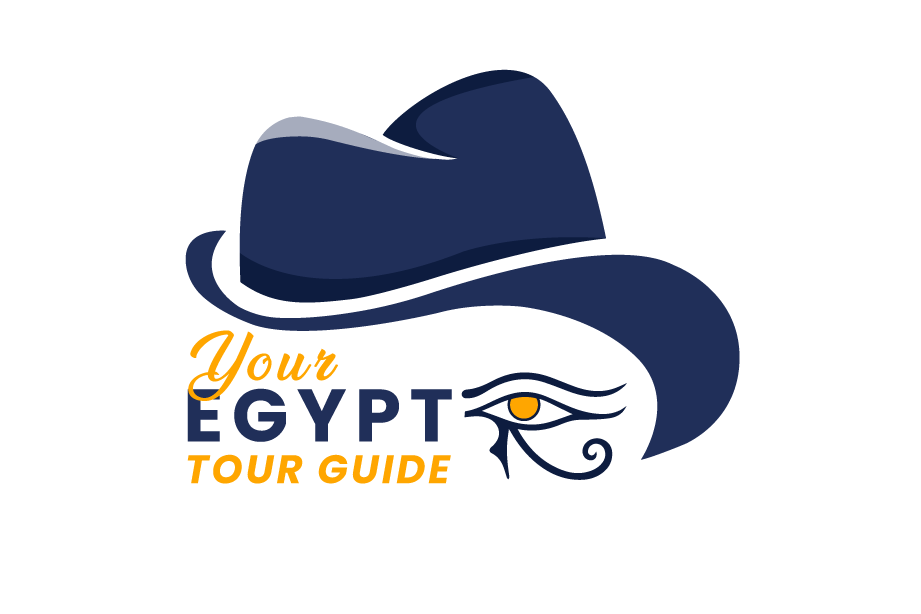The Kom Ombo Temple is an ancient temple complex located in the town of Kom Ombo, in Upper Egypt, near the city of Aswan.
The Kom Ombo Temple is unique in that it is actually two temples in one. The southern half of the temple was dedicated to the crocodile god Sobek, while the northern half was dedicated to the falcon god Horus.
The temple dates back to the Ptolemaic period, around 180-47 BCE, although it was built on the site of an older temple that dated back to the New Kingdom period.
The temple was designed in the classic Egyptian style, with a large courtyard, hypostyle hall, and sanctuary. It also features a number of impressive reliefs and inscriptions that depict scenes from ancient Egyptian mythology and history.
One of the most interesting features of the Kom Ombo Temple is the display of crocodile mummies in the temple’s crocodile museum. These mummies were discovered in the temple’s complex and are believed to have been offered as sacrifices to the crocodile god Sobek.
Kom Ombo Temple is located on the east bank of the Nile River, which makes it easily accessible by boat. It is also located near a number of other important historical and cultural sites, including the city of Aswan and the temples of Edfu and Philae.
One of the most interesting features of the temple is a series of reliefs that depict medical instruments and surgical procedures. These reliefs suggest that the temple may have served as a center for medical training and practice, and that the priests may have been skilled in the art of healing.
The temple also features a Nilometer, which is a device used to measure the height of the Nile River. The Nilometer was an important tool for predicting floods and assessing the fertility of the land, which was crucial for agriculture in ancient Egypt.
Today, the Kom Ombo Temple remains an important historical and cultural site in Egypt. Its unique dual temple design, impressive reliefs and inscriptions, and display of crocodile mummies make it a fascinating destination for tourists and researchers alike.





